
Discover the Majesty of Mount Apo: The Philippines’ Highest Peak 
When it comes to adventure, the Philippines offers an array of stunning natural landscapes, but none are as iconic as Mount Apo. Towering over the island of Mindanao at an impressive height of 2,954 meters (9,692 feet) above sea level, Mount Apo stands as the highest peak in the country. This dormant stratovolcano is not just a geological wonder; it’s a treasure trove of rich biodiversity, cultural heritage, and breathtaking scenery. In this comprehensive guide, I’ll take you through everything you need to know about climbing Mount Apo, from its history and trails to the best time to visit and essential tips for your journey. Let’s embark on this adventure together!
Table of Contents
Mount Apo Location: Where is Mount Apo? 
Nestled in the southern part of the Philippines, Mt. Apo straddles the provinces of Davao del Sur and North Cotabato in Mindanao. Its location makes it accessible from major cities like Davao City, which is approximately 40 kilometers away from the base of the mountain. This proximity to urban centers makes it a convenient destination for both local and international travelers. Whether you’re starting your journey from Manila or Davao City, reaching Mt. apo is relatively straightforward, with various transportation options available.
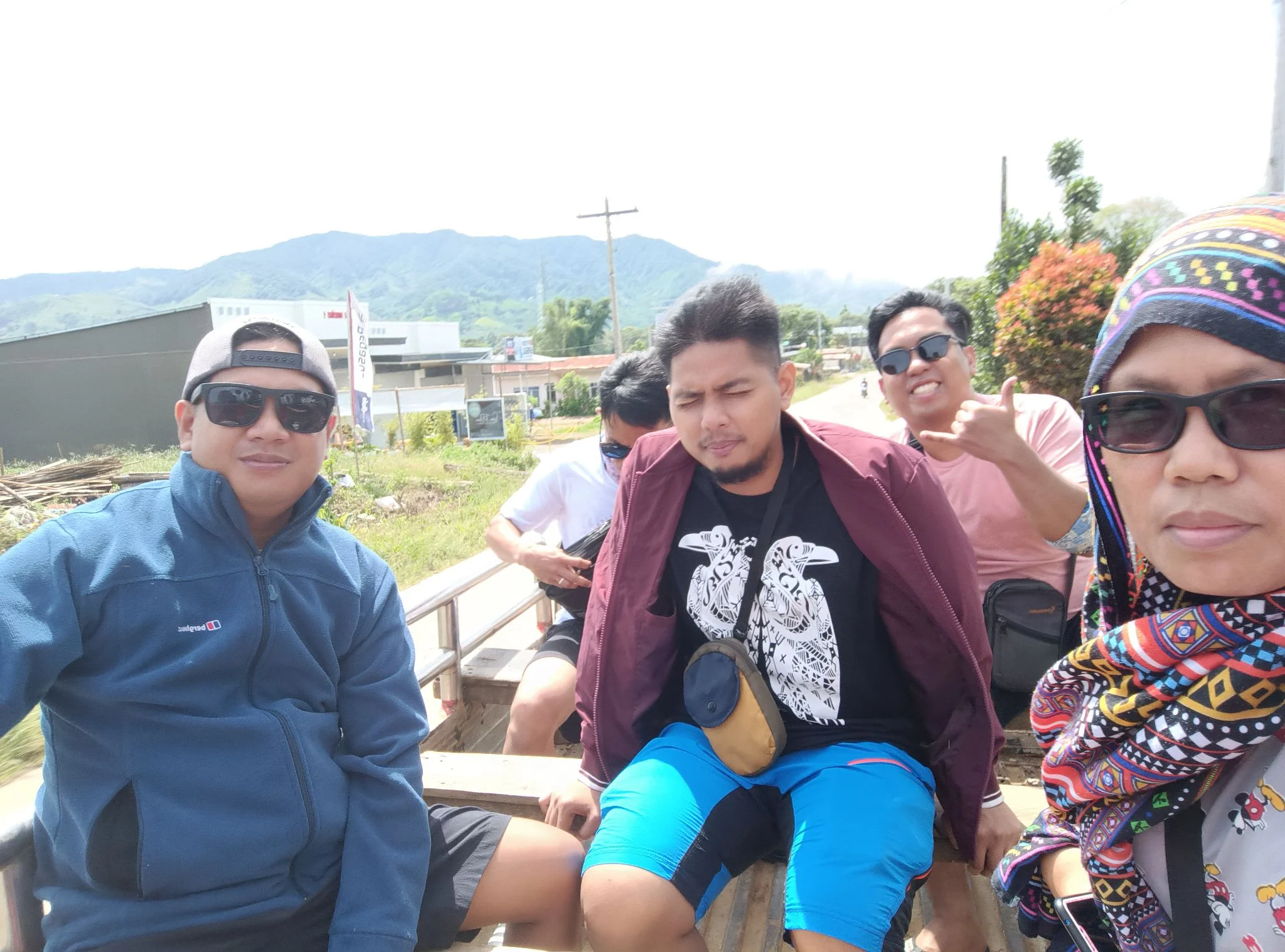
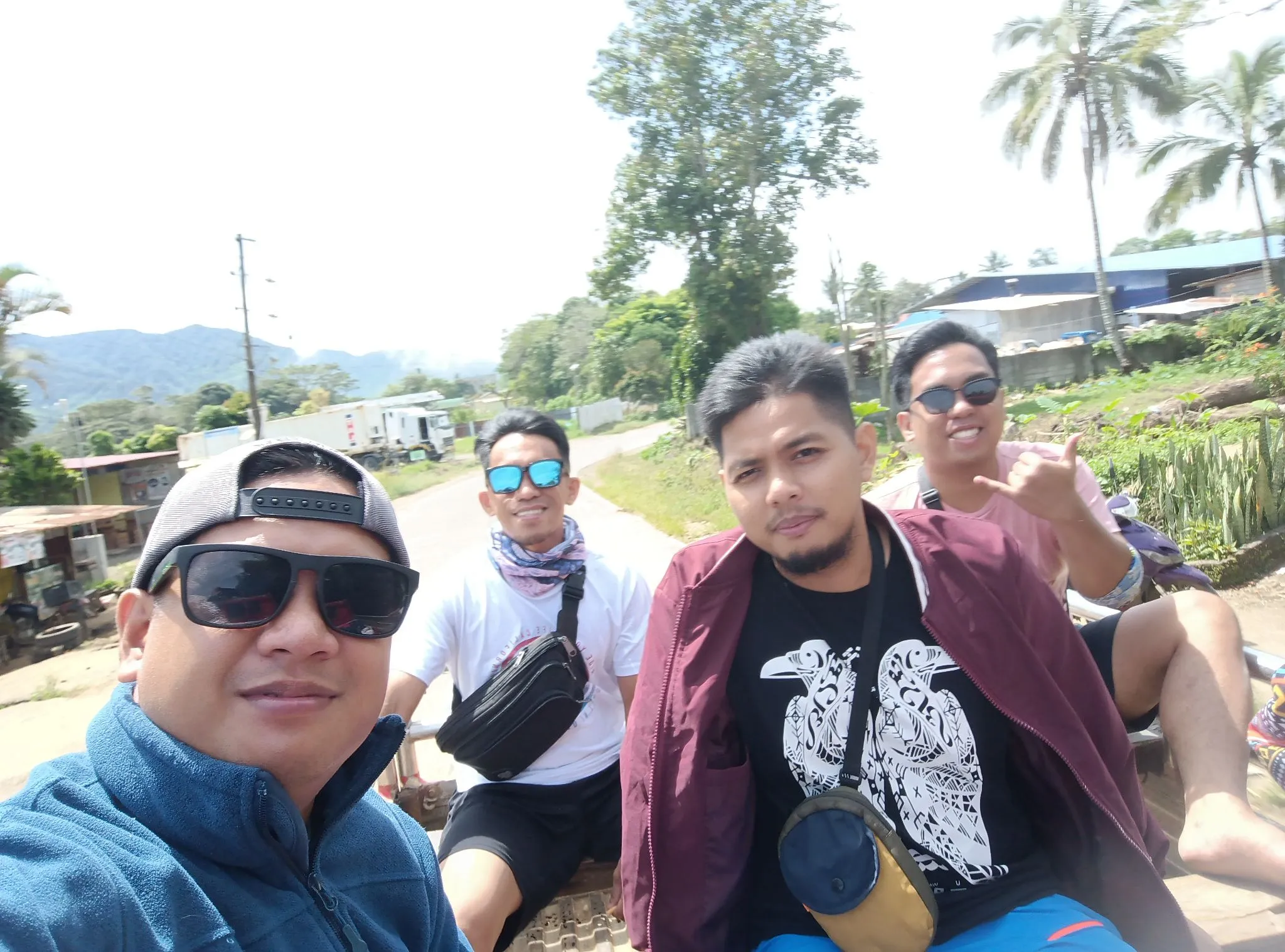
Mount Apo Last Eruption: Is Mount Apo Still Active? 
While Mt. Apo is classified as a stratovolcano, it is considered dormant, with no recorded eruptions in recent history. The last known volcanic activity dates back to approximately 1640, making it a safe destination for hikers and adventurers. However, this status as a dormant volcano adds an element of mystery and excitement to the climb. Imagine standing at the summit of a volcano that has been silent for centuries—it’s an experience that combines the thrill of adventure with a deep connection to the earth’s natural forces.
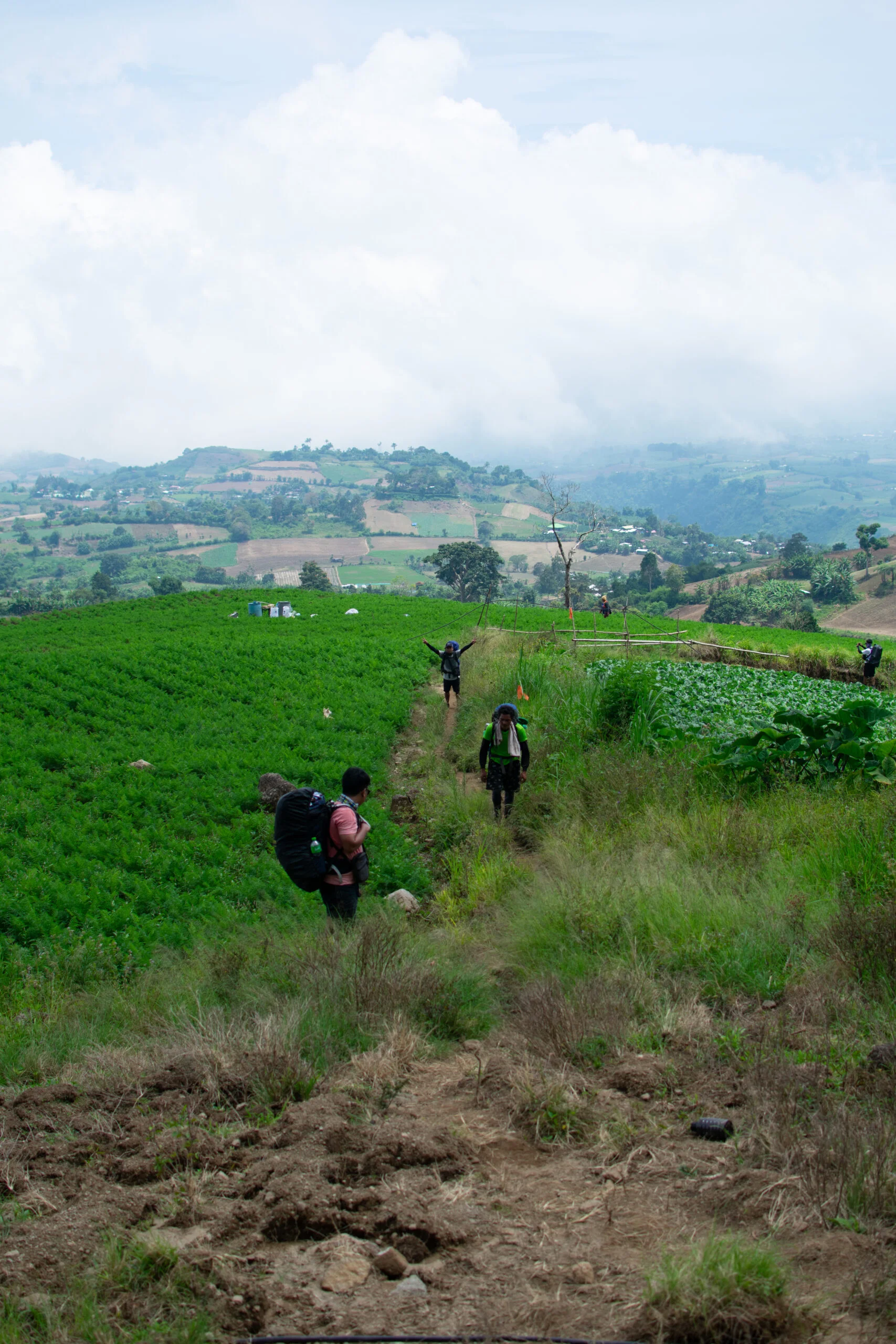
Mount Apo Height: How Tall is Mount Apo? 
As the tallest mountain in the Philippines, Mount Apo’s height is a significant draw for mountaineers and nature lovers alike. At 2,954 meters (9,692 feet), reaching the summit is no small feat, but the reward is well worth the effort. The panoramic views from the top are simply breathtaking, offering a bird’s-eye view of Mindanao’s diverse landscapes, from lush forests and rolling hills to distant cities and vast bodies of water. The sense of accomplishment you’ll feel upon reaching the summit is unparalleled—it’s a moment that will stay with you forever.
Mount Apo History: A Mountain Rich in Culture and Heritage 
Mt. Apo is not just a natural wonder; it’s a site of great cultural and historical significance. The mountain is considered sacred by the indigenous Bagobo tribes, who believe it to be the home of Apo Sandawa, their revered ancestral spirit. For centuries, Mount Apo has been a site of pilgrimage, rituals, and traditions, passed down through generations. In 1936, it was declared a national park, making it one of the oldest protected areas in the Philippines. The park is home to a wide variety of flora and fauna, including the critically endangered Philippine eagle, which is often spotted in the area. This rich tapestry of culture, history, and biodiversity makes Mount Apo a truly unique destination.
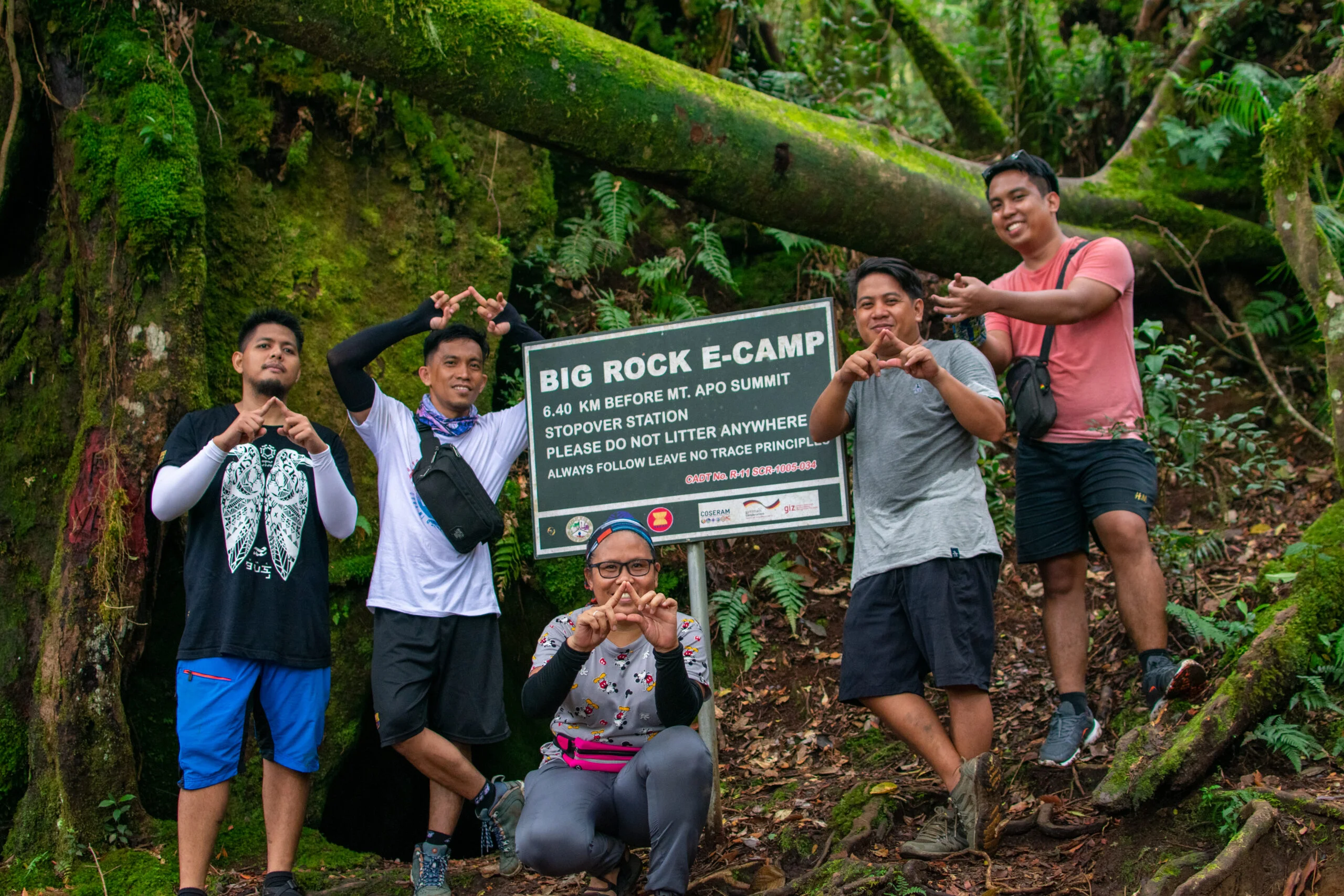
Mount Apo Level of Difficulty: What to Expect on the Climb 
Climbing Mount Apo is no walk in the park. The trek is challenging, with steep ascents, rugged terrain, and unpredictable weather conditions. The difficulty level is 7 over 9 generally rated as moderate to difficult, making it suitable for experienced hikers. However, with proper preparation and determination, even novice climbers can conquer this mighty peak. The climb typically takes 2 to 4 days, depending on the trail you choose and your pace. Along the way, you’ll encounter dense forests, open grasslands, rocky slopes, and even sulfur vents near the summit, all of which add to the adventure.
Mount Apo Description: A Natural Wonder 
Mount Apo is a paradise for nature lovers. The mountain’s diverse ecosystems range from tropical rainforests at its base to mossy forests and montane grasslands as you ascend. One of the most striking features of Mount Apo is Lake Venado, a pristine crater lake situated just below the summit. This tranquil body of water reflects the surrounding peaks and is a popular campsite for hikers. As you approach the summit, the landscape becomes more barren and rocky, with the famous boulder face marking the final stretch of the climb. The view from the top is nothing short of spectacular—on a clear day, you can see as far as Davao City, the Davao Gulf, and even the distant mountains of
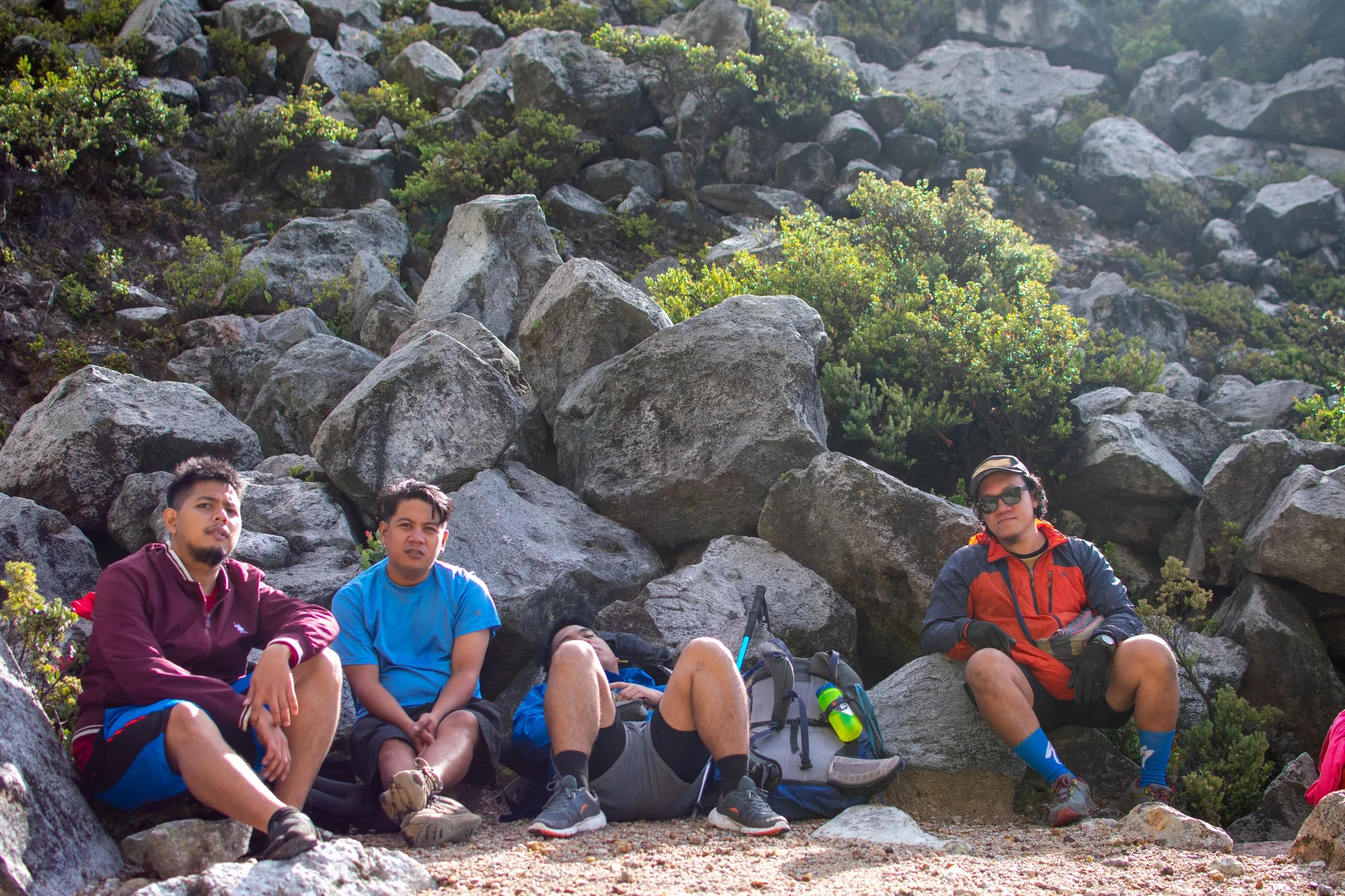
Mount Apo Trail: Choose Your Path 
Mount Apo offers several trails to the summit, each with its own unique challenges and attractions. Here are the most popular routes:
Mt. Apo via the Sibulan Trail 
The Sibulan Trail, also known as the Sibulan-Kapatagan Trail, is one of the more challenging routes to Mount Apo’s summit. It begins in the village of Sibulan in Davao del Sur and takes you through dense forests, across rivers, and up steep slopes. This trail is known for its rugged terrain and offers stunning views of Lake Venado and the surrounding mountains. It typically takes 3 to 4 days to complete the trek via the Sibulan Trail.
Mt. Apo via the Kidapawan Trail 
The Kidapawan Trail is a popular choice for climbers due to its well-established path and relatively moderate difficulty level. Starting from Kidapawan City in North Cotabato, this trail takes you through lush forests, hot springs, and volcanic rock formations. It’s a great option for those looking for a mix of natural beauty and manageable terrain. The Kidapawan Trail usually takes 2 to 3 days to complete.
Mt. Apo Climbing via the Kapatagan Trail 
The Kapatagan Trail is another challenging route, known for its steep ascents and breathtaking views. Starting from Kapatagan in Davao del Sur, this trail is less frequented, offering a more secluded and adventurous experience. It passes through mossy forests, open grasslands, and the boulder face before reaching the summit. The climb via the Kapatagan Trail typically takes 3 days.
Mt. Apo via the Mt. Talomo Trail 
For those seeking a more difficult and less-traveled path, the Mt. Talomo Trail is an excellent choice. This trail starts from the village of Baracatan and involves a traverse of Mount Talomo before ascending Mount Apo. It’s a physically demanding route, with steep inclines and challenging terrain. However, the sense of accomplishment upon reaching the summit via this trail is unparalleled. Expect the trek to take 4 to 5 days.
Mt. Apo via Sta Cruz Trail 
The Sta Cruz Trail is a favorite among seasoned hikers due to its scenic beauty and relatively short distance to the summit. Starting from the town of Sta Cruz in Davao del Sur, this trail offers a mix of easy and challenging sections, with beautiful views of the surrounding landscapes. It passes through rivers, forests, and the sulfur vents near the summit. The Sta Cruz Trail typically takes 2 to 3 days to complete.
How to Get to Mount Apo: Your Travel Guide 

Getting to Mount Apo is an adventure in itself, but with a little planning, it’s easy to navigate.
How to Go to Mount Apo from Manila 
If you’re coming from Manila, the most convenient way to reach Mount Apo is by flying to Davao City. Several airlines operate daily flights from Manila to Davao City, with travel times averaging around 1.5 to 2 hours. Airfare can range from ₱2,000 to ₱5,000 depending on the season and airline. From Davao City, you can take a bus or van to your chosen trailhead. Travel costs from Davao to the trailhead can range from ₱300 to ₱500.
How to Go to Mount Apo from Davao City 
For those starting their journey in Davao City, getting to Mount Apo is straightforward. You can take a bus or van from the city center to the nearest town or village of your chosen trailhead—Kidapawan, Sibulan, or Sta Cruz. Bus fares typically range from ₱150 to ₱300, depending on the distance. Once you arrive at the trailhead, you may need to hire a local guide, with fees ranging from ₱1,000 to ₱2,000 per day.
Dos and Don’ts When Climbing Mount Apo: Essential Tips 
Climbing Mount Apo is a rewarding experience, but it’s important to be prepared and respectful of the environment. Here are some dos and don’ts to keep in mind:







Best Time to Visit Mount Apo: Plan Your Trip 
Timing your visit to Mount Apo is crucial for a successful climb. The best time to hike Mount Apo is during the dry season, from December to March. During these months, the weather is more predictable, with clear skies and less chance of rain, making the trails safer and more enjoyable. However, this is also the peak season, so expect more hikers on the trails. If you prefer a quieter experience, consider visiting during the shoulder seasons of April to May or October to November.
Mt Apo Hiking Fee: Budgeting for Your Adventure 
Budgeting for your climb is essential to ensure a smooth and hassle-free adventure. Here’s a breakdown of typical expenses:






These costs help maintain the trails and support local communities, ensuring that Mount Apo remains a sustainable destination for future adventurers.
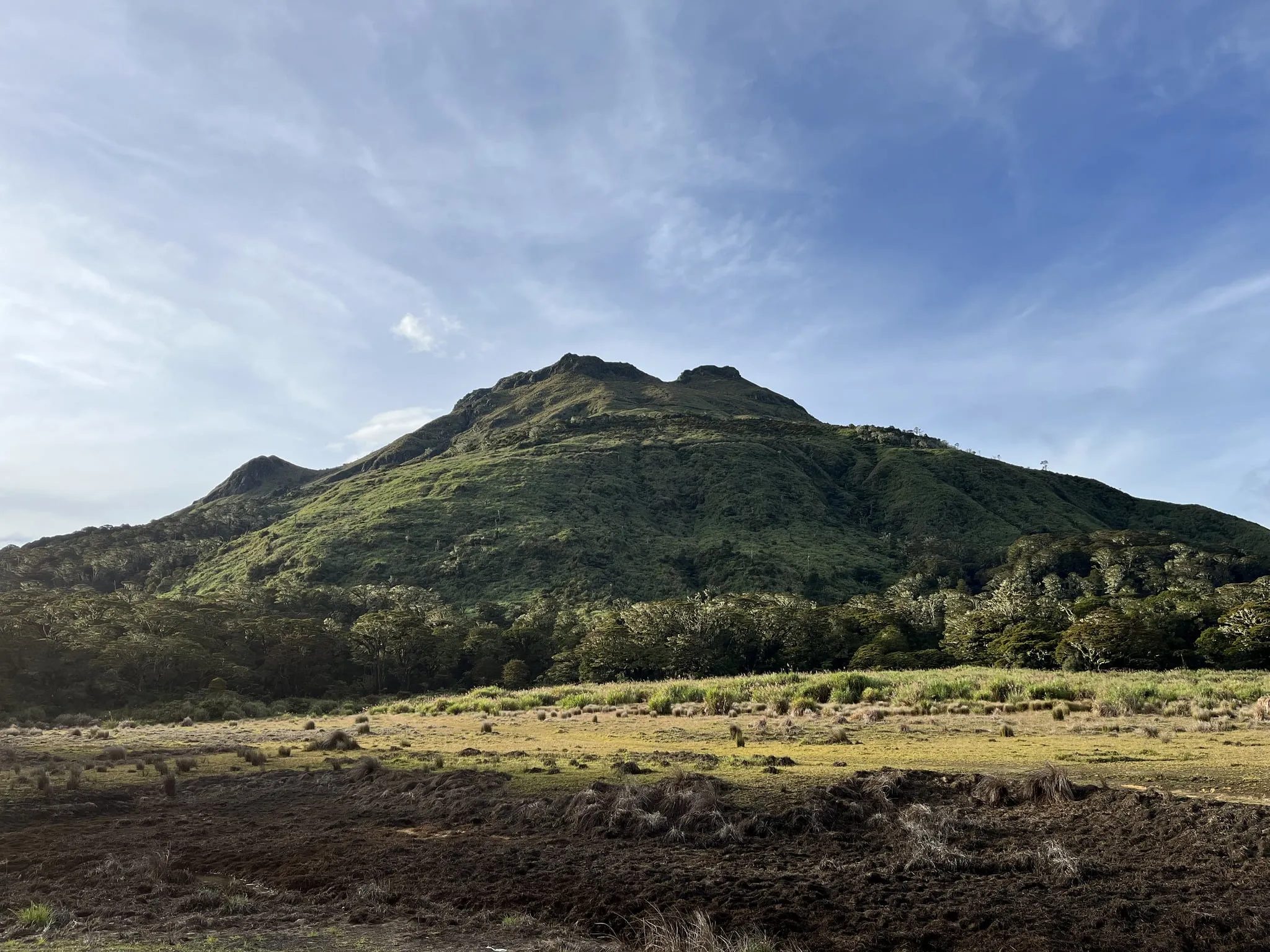
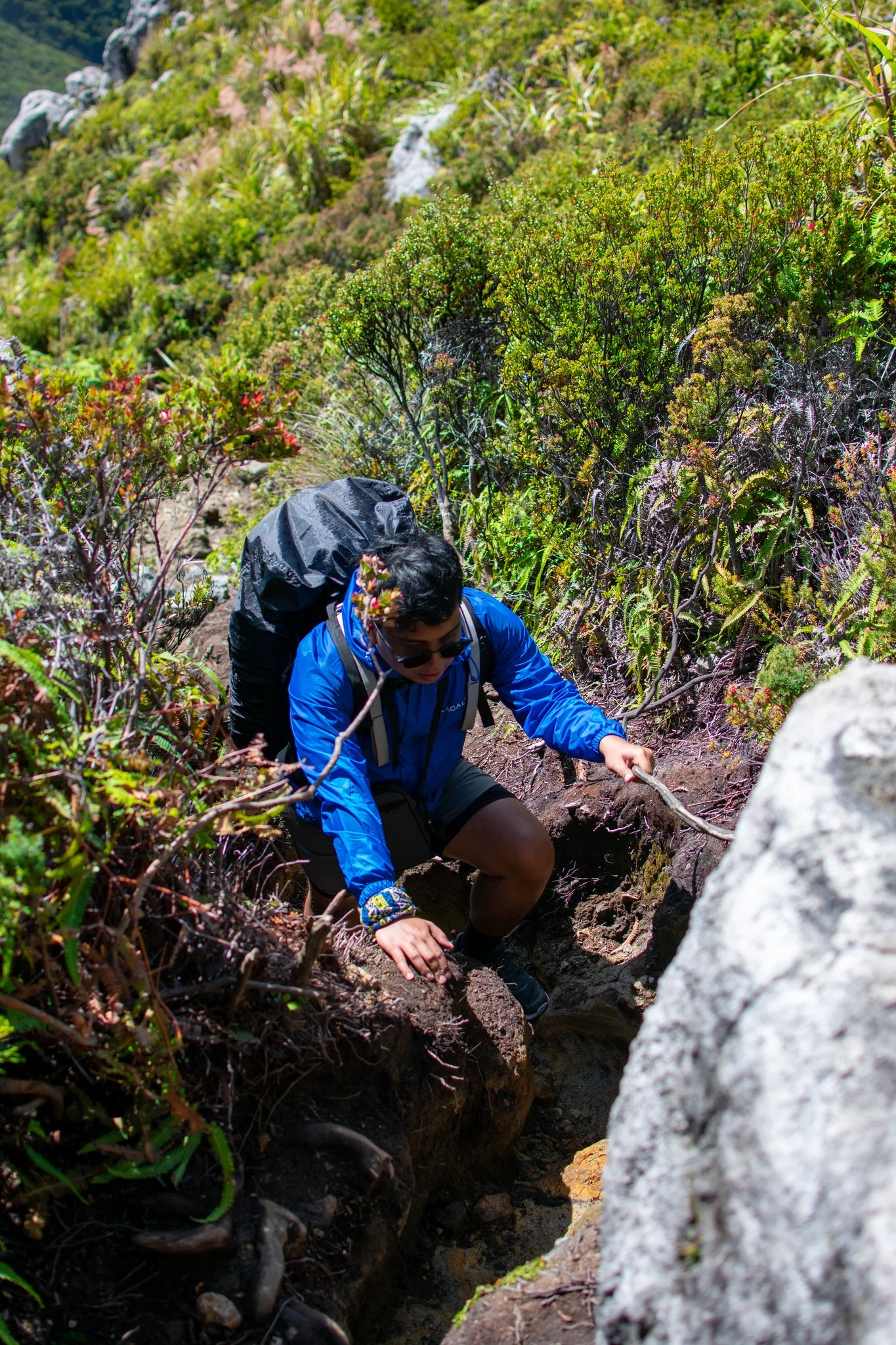
Additional Resources: Useful Links for Your Trip 
Planning your adventure to Mount Apo? Here are some essential resources to help you make the most of your trip:




These links will provide you with the necessary tools and information to ensure a well-planned and enjoyable adventure to Mount Apo.
Conclusion: The Ultimate Mount Apo Experience 
Climbing Mount Apo is more than just a physical challenge—it’s an adventure that immerses you in the natural beauty and rich cultural heritage of the Philippines. From the diverse trails and stunning landscapes to the sense of achievement that comes with reaching the summit, this journey offers something for everyone. Whether you’re an experienced mountaineer or a first-time hiker, Mount Apo is a destination that will leave you with unforgettable memories. So, lace up your boots, pack your gear, and get ready to conquer the highest peak in the Philippines!
Mount Apo FAQ: Common Questions Answered
1. How long does it take to climb Mount Apo? 
Climbing Mount Apo typically takes 2 to 4 days, depending on the trail you choose and your pace. The Sta Cruz Trail and Kidapawan Trail are popular options, with itineraries often planned for 3 days and 2 nights. The ascent includes challenging sections, so it’s important to pace yourself and follow your guide’s advice.
2. Do I need a guide to climb Mount Apo? 
Yes, hiring a local guide is mandatory for climbing Mount Apo. Guides are familiar with the terrain and weather conditions, and they provide valuable insights into the mountain’s natural and cultural features. They also help ensure your safety throughout the hike.
3. What is the best time to climb Mount Apo? 
The best time to climb Mount Apo is during the dry season, from December to March. During these months, the weather is more predictable, with less rain and clearer skies, making the trails safer and the views more spectacular. However, it’s also the peak season, so plan your trip early to secure permits and accommodations.
4. What should I pack for a Mount Apo hike? 
Packing for a Mount Apo hike requires careful planning. Essential items include:
- A sturdy pair of hiking boots.
- Warm clothing, as temperatures can drop significantly at higher altitudes.
- A waterproof jacket and pants, as weather conditions can change rapidly.
- A good quality backpack.
- Enough water and high-energy snacks for the hike.
- A sleeping bag and tent for overnight camping.
- A first aid kit and any personal medications.
5. How much does it cost to climb Mount Apo? 
The cost of climbing Mount Apo varies depending on several factors, such as the trail you choose, the number of days, and additional services like porters or organized tours. Here’s a rough breakdown:
- Permit Fee: ₱500 – ₱1,500.
- Guide Fee: ₱1,000 – ₱2,000 per day.
- Porter Fee: ₱500 – ₱800 per day.
- Additional costs may include transportation, camping fees, and food.
For organized tour packages, check out Lakaw ni Paw for tailored Mount Apo experiences.
These FAQs should help answer the most common questions prospective hikers have about Mount Apo, ensuring they are well-prepared for their adventure.

























Pingback: The Ultimate Guide to the Top 10 Mountains in the Philippine – BigBizStuff
Pingback: The Ultimate Guide to the Top 10 Mountains in the Philippine – BizBackLinks
Pingback: The Ultimate Guide to the Top 10 Mountains in the Philippine – BizLinkBuilder
Pingback: The Ultimate Guide to the Top 10 Mountains in the Philippine – SmallBizBlog
Pingback: The Ultimate Guide to the Top 10 Mountains in the Philippine – Small Biz Directory
Pingback: The Ultimate Guide to the Top 10 Mountains in the Philippine – A4Everyone
Pingback: The Ultimate Guide to the Top 10 Mountains in the Philippine – That AI Blog
Pingback: Discover the Best Mountains in the Philippines: Your Ultimate Hiking Guide for 2024 – BizBuildBoom
Thanks for sharing. I read many of your blog posts, cool, your blog is very good.
Great post! If you’re in Davao, don’t miss Mount Apo—it’s the ultimate hiking trail with stunning views and lush scenery. Perfect for adventure seekers like you!
This travel blog is incredibly informative and well-researched, offering valuable tips and insights for both first-time and seasoned travelers. The detailed itineraries and personal experiences make it easy to plan trips with confidence. Anyways, do you have any food recommendation on the nearby area?